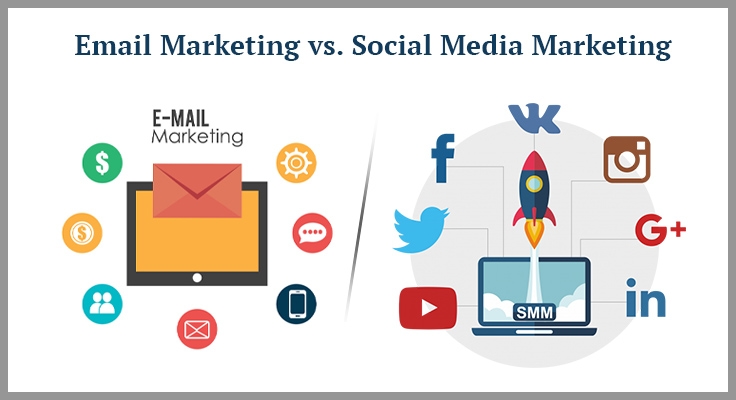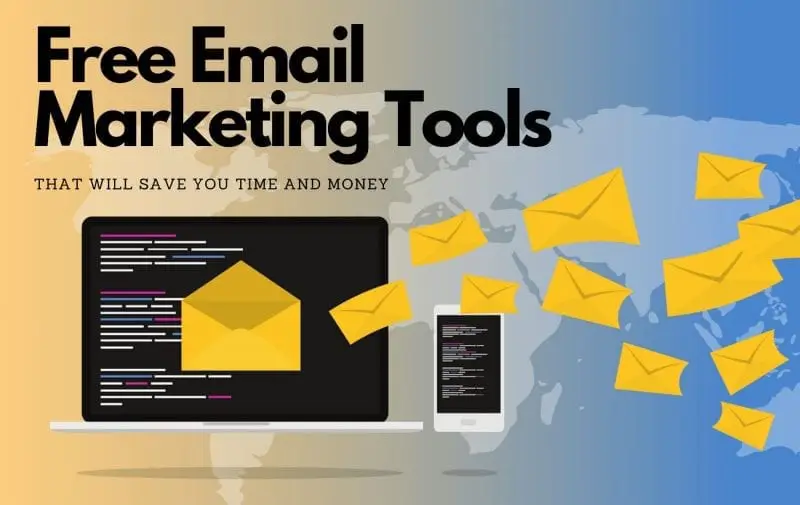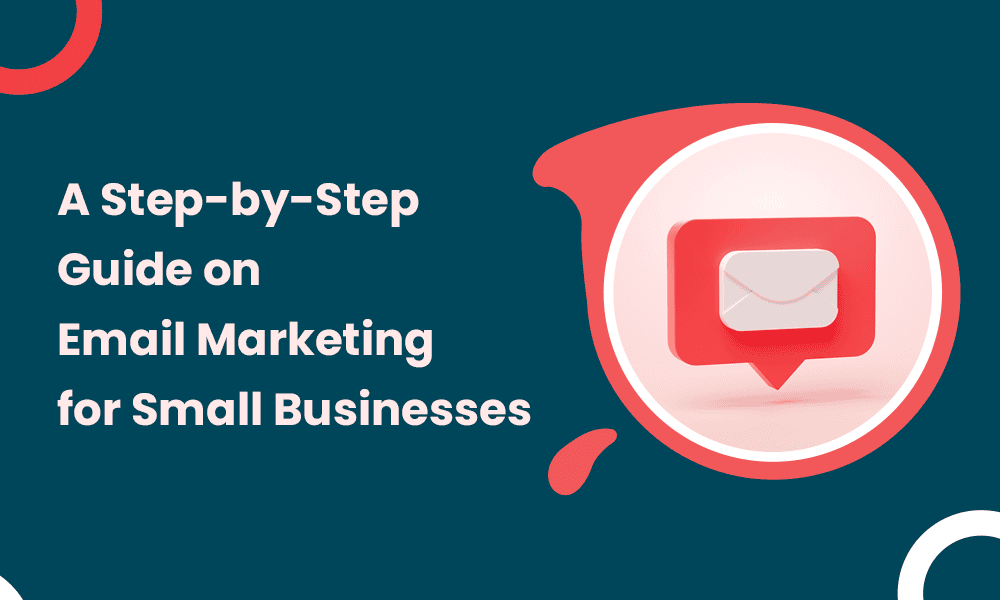Sometimes, it’s the smallest details that transform a simple website into something magical. From everyday features like carousels and cookie banners to documentation and personal portfolios, a little creativity can turn the mundane into something memorable. Here’s a look at some smart, delightful ways designers have reimagined the ordinary across the web.
Scrolling With a Twist: Glasgow International
The Glasgow International festival site redefines how we scroll. On desktop, three major content sections are laid out side-by-side and scroll independently, thanks to a flex container with full-height columns and simple overflow-y: auto styling. On mobile, those sections stack into a single vertical scroll, maintaining readability. A tiny extra — like a hover-activated spinning ‘Support’ button — adds personality without overwhelming.
3D Thinking: Kenta Toshikura’s Portfolio
Kenta Toshikura’s developer portfolio proves that thinking beyond two dimensions can make a big impression. A 3D carousel on the homepage feels like you’re peering into another world. It’s an example of lateral design thinking — transforming a conventional layout into something immersive, using elegance over excess.
Documentation That Teaches: Stripe
Good documentation is hard to find — but Stripe delivers beautifully. Each section is paired with interactive code previews that update in real time as users scroll through steps. With clean navigation, bite-sized explanations, and dynamic content across languages and platforms, Stripe turns learning into a pleasant, productive experience. It’s a reminder: documentation doesn’t have to be dry.
More Than Light and Dark: Max Böck’s Ten Themes
Light mode? Dark mode? Why not ten modes? Max Böck’s personal site lets visitors toggle between ten different color themes, including fun nods to Mario Kart 64 tracks. Powered by CSS custom properties, the experience is smooth, playful, and deeply customizable — proving that color can be more than just aesthetic. It’s interaction, personality, and choice.
Dynamic Sales: Overpass
Sales sites often feel uninspired, but Overpass adds movement and charm. Its product carousels use translate3d() and touch-action to make navigation feel almost physical. Cards shrink slightly when dragged (scale(0.95)), creating depth and a sense of tactility. Audio clips and smooth transitions round out a fresh, interactive sales experience.
Storytelling Meets E-Commerce: Mammut
Mammut shows how storytelling can elevate product pages. Their long-form articles include maps, audio, vivid photography, and gear — not as ads, but as part of the narrative. It’s immersive and human. Instead of sterile product shots, users get to see how the gear fits into real adventures. Even if you’re not shopping, you’ll want to read.
Cookies, But Better: Axeptio
Cookie pop-ups are often annoying, but Axeptio makes them elegant. The prompt appears only once a user starts interacting, includes no legal jargon, and speaks plainly about what data is collected. It’s stylish, non-intrusive, and reflects a company that respects both design and privacy. Ethical design can be beautiful too.
A Familiar Face: Squarespace Email Campaigns
Squarespace is known for its elegant website design tools, but how well does its built-in email marketing hold up? Turns out, it’s as clean and beginner-friendly as you’d expect — with some surprising limits.
On the plus side, onboarding is simple, with templates like Newsletters and Promos ready to go. Squarespace pulls your logo and color palette from your website to maintain brand consistency, and offers a basic builder with drag-and-drop ease.
But the simplicity has trade-offs. There’s no A/B testing, limited personalization, and very basic automation. You can’t create custom workflows, add dynamic content blocks, or optimize delivery times by time zone. Scheduling emails or sending test campaigns feels clunky too.
Still, if you already use Squarespace for your site and only need basic email capabilities, it might be enough. But if you’re looking to scale or need flexibility, a more powerful platform — like MailerLite — could take you further.
The Takeaway
Design doesn’t always need to reinvent the wheel — but it should aim to roll better. Whether through thoughtful interactions, elegant visuals, or clear content, each of these examples reminds us: the everyday can be extraordinary. The next time you tackle a feature as ordinary as a color scheme or a consent form, ask yourself — what would make this magical?





